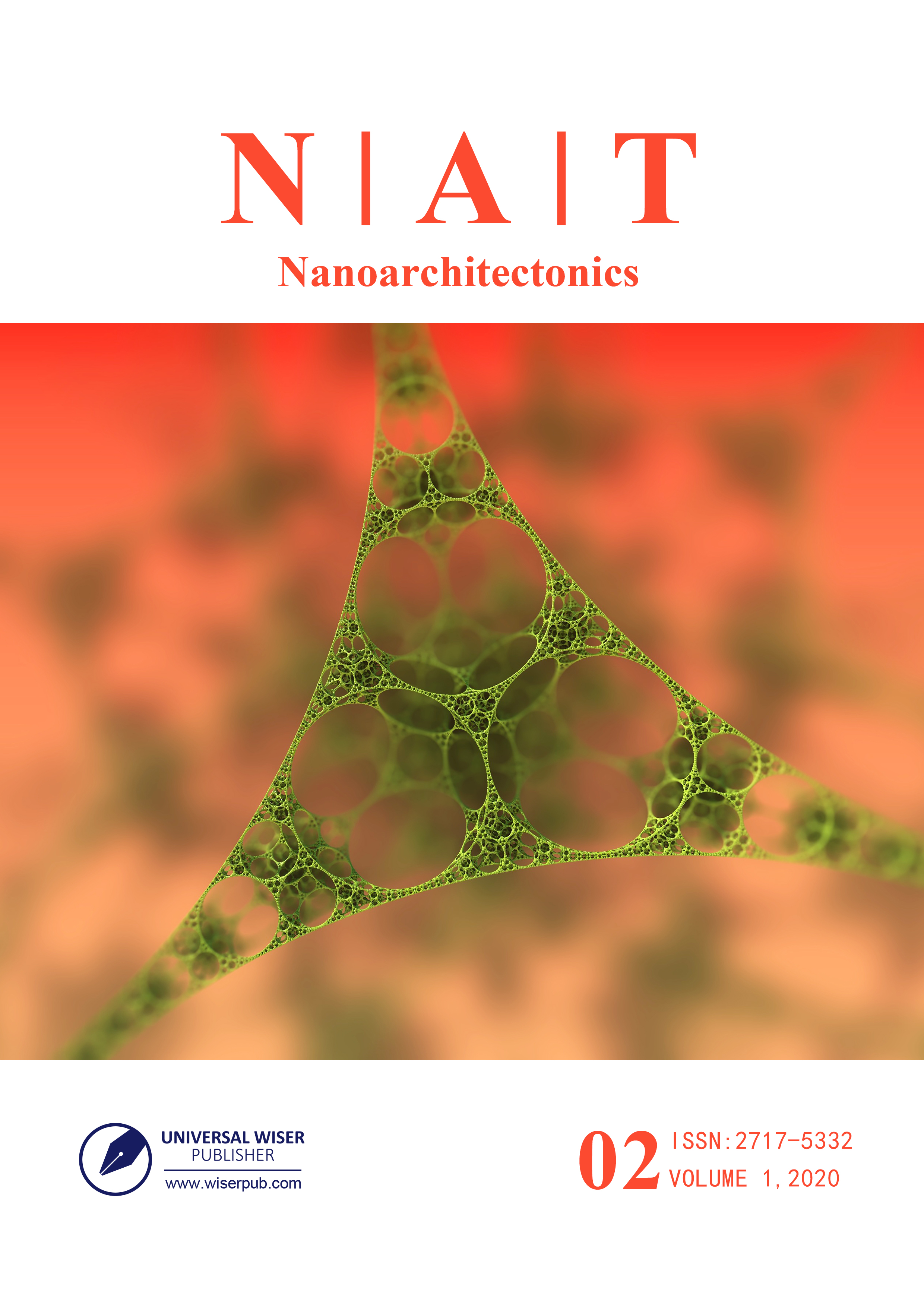Modelling Colloidal Stability in Gold Nanoparticles Synthesis - A Review
DOI:
https://doi.org/10.37256/nat.122020174.59-69Keywords:
gold nanoparticles, citrate synthesis, aggregation, population balance modelingAbstract
Nanoparticles are commonly synthesized in colloidal systems, a liquid with suspended macromolecules. By the Brownian motion, these particles can collide and aggregate, leading to larger particles. To stabilize the aggregation process, charges induced by ions cause repulsion among the particles. Through the works of researchers in the past, various models for describing particles aggregation and stabilization have been developed and modified. These models are based on the popular DLVO theory, named after Derjaguin, Landau, Verwey and Overbreek. In this work, evidence illustrating aggregation and stabilization in gold nanoparticles synthesis is reported. Thereafter, models for describing aggregation by the Brownian motion and stabilization by the electrostatic effect are reviewed. The electrostatic effect among the particles is mathematically expressed as the cumulative sum of the Van der Waal's energy of interaction and the electrostatic energy of repulsion. As the resulting stabilization model is too complex to solve, past researchers reported a simplified stabilization submodel and employed it in describing gold nanoparticles synthesis. Unfortunately, as shown in this review, the submodel failed to describe the synthesis as the aggregation process never stopped, thus making a case for a new modelling approach.


